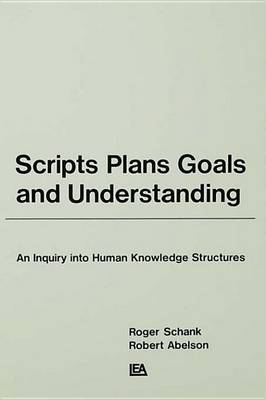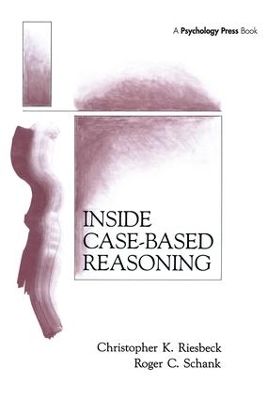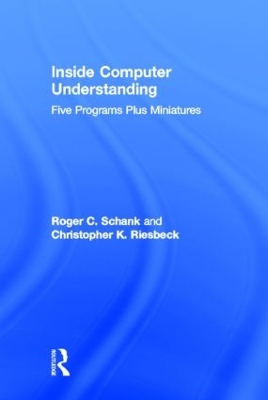Artificial Intelligence
3 total works
Scripts, Plans, Goals, and Understanding
by Roger C Schank and Robert P. Abelson
Introducing issues in dynamic memory and case-based reasoning, this comprehensive volume presents extended descriptions of four major programming efforts conducted at Yale during the past several years. Each descriptive chapter is followed by a companion chapter containing the micro program version of the information.
The authors emphasize that the only true way to learn and understand any AI program is to program it yourself. To this end, the book develops a deeper and richer understanding of the content through LISP programming instructions that allow the running, modification, and extension of the micro programs developed by the authors.


